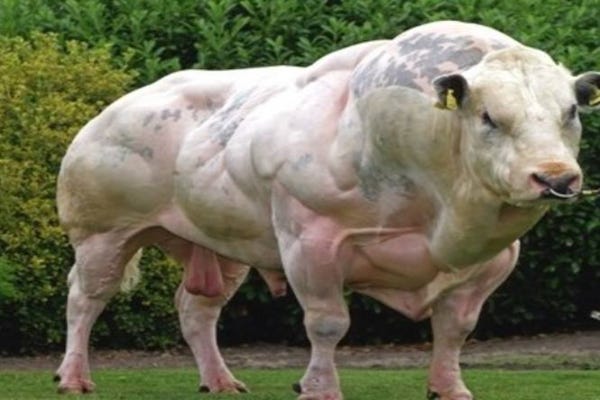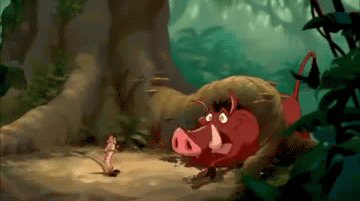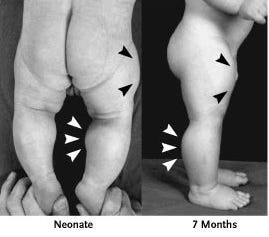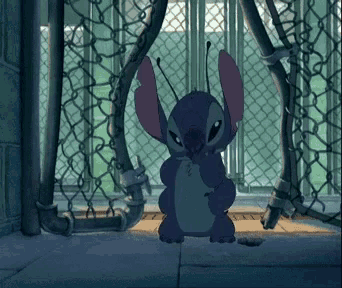Lilo & Stitch, released by Disney Animation Studios in 2002, tells the story of Lilo, a young Hawaiian girl whose life is turned upside down when she adopts Stitch, an alien hiding on Earth to avoid arrest by galactic police. Stitch is actually Experiment 626, a genetic experiment created with the purpose of destroying everything he touches. He’s super smart, super fast, and super strong, the latter resulting from muscles which contain excessively compressed amounts of myofibrils (muscle fibers) within one cell. This arrangement allows Stitch’s muscles to contract 1,000 times faster than a human’s, thus giving him a level of strength far greater than any human. The evil scientist who created Stitch created 625 other experiments before Stitch, each with an ability ranging from electricity generation and causing memory loss to causing earthquakes and generating sonic blasts.
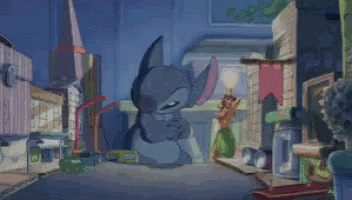
But all this is just science fiction, right? Well, mostly. Scientists have yet to develop any mice that can cause earthquakes, but superstrength isn’t such a stretch anymore. In fact, there are some animals that naturally have superstrength, at least compared with others breeds of their species. Let me introduce you to the Belgian Blue cow.
The Belgian Blue cow originated in Belgium in the 1800s. Originally used for both dairy and beef, these cows are the result of selective genetic breeding and a natural mutation that lead to “double-muscling.” Typically, muscles increase in size as individual muscle fibers grow. Belgian Blues have a mutation in muscle cells that increases muscle mass by creating more muscle cells—as in, their muscles don’t stop growing—giving these cattle up to 20% more muscle mass than normal cows. Consequently, Belgian Blues weigh more and are stronger than other cows, although they also have more problems with natural births (larger size + same size birth canal = stuck calves).
In the 1990s, scientists used genetic engineering to create mice that were the rodent equivalent of the Belgian Blues. Known as Schwarzenegger mice, these mice were genetically altered to have increased muscle growth and strength. These mice were developed to help researchers study muscle disease and age-related muscle loss.
A similar mutation has also been noted in humans, although only a handful of cases have ever been reported. The first was a German boy born in 2004 who, only a few hours after birth, was admitted to the neonatal ward for assessment. The reasoning? He appeared “extraordinarily muscular, with protruding muscles in his thighs.” Testing showed that the boy, like the cows and the mice, had a mutation in his muscle fibers that caused increased muscle growth. During questioning, it was discovered that several other members of the boy’s relatives had showed superior strength. In 2005, a boy was born in Michigan with a different mutation but the same outcome: increased muscle growth and superstrength.
Although there are ethical issues surrounding the potential use of genetic engineering in humans (“designer babies”), the potential for its use in medical conditions opens up an entirely new realm for treatments and cures. The mutations seen in Belgian Blue cows, Schwarzenegger mice, and the super strong babies have already provided insight into the genes responsible for muscle growth. This information may prove crucial in finding a cure for muscle wasting diseases, muscle injury, and even age-related muscle loss.
Just like so much science fiction that was once thought to be completely fiction, Stitch’s superstrength isn’t actually so far-fetched. The retractable limbs, though, that’s still bonkers.
What’s your favorite superpower featured in a television show, film, or novel? Do you think there’s any scientifically-plausible way that a human could have such an ability? Have you seen Lilo & Stitch? Let me know in the comments below!




